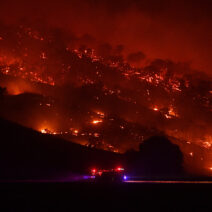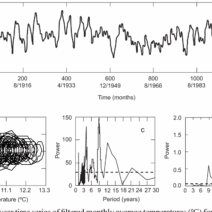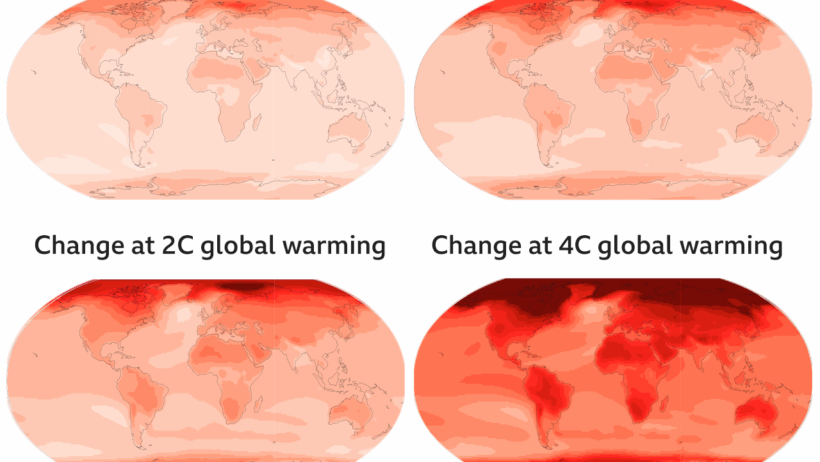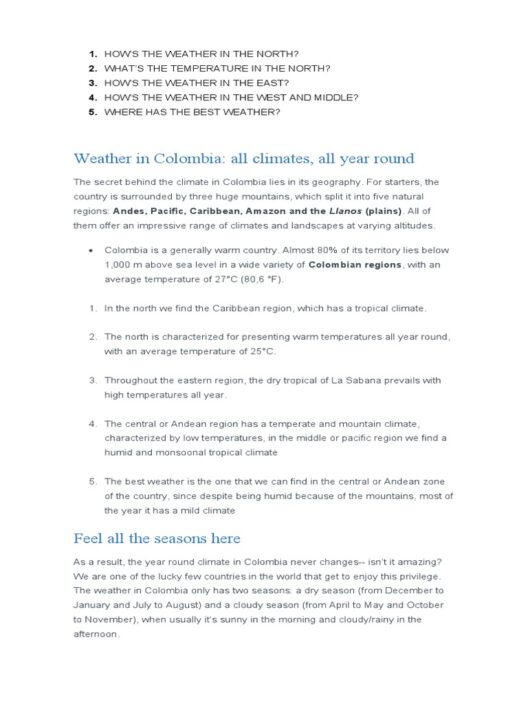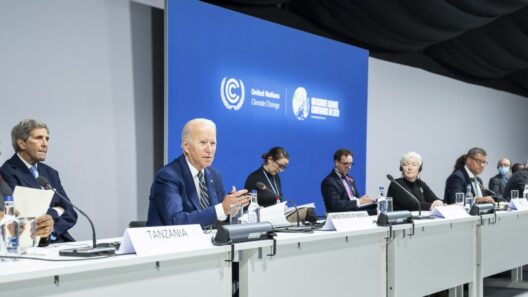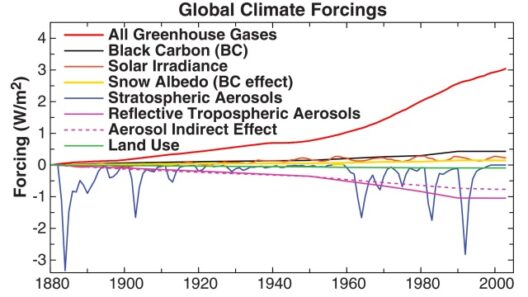Global warming, a term frequently wielded in discussions concerning climate change, evokes a plethora of responses. Some may perceive it simply as a matter of increased temperatures, while others might ponder its complex and multifaceted implications. To address the question—does global warming make the Earth hotter or colder?—we must navigate through the layers of scientific evidence and societal perception, establishing a concrete understanding of the phenomenon.
At its core, global warming refers to the long-term rise in the average surface temperature of the Earth due to human-induced emissions of greenhouse gases, predominantly carbon dioxide (CO2) and methane. These gases create a blanket around the Earth, trapping heat from the sun and preventing it from escaping back into space. This process, known as the greenhouse effect, is fundamental to understanding why the planet is experiencing rising temperatures. However, the concept often embroils itself in nuance, and one must examine whether warming translates unequivocally into uniformly hotter conditions across all geographic locales.
While the majority of evidence points toward a progressive increase in global temperatures, localized phenomena may create an illusion of cooling or variability. A prime example of this is the polar regions, where the effects of climate change manifest differently. In stark contrast to what one might assume, areas such as the Arctic are warming significantly faster than the global average. This phenomenon, termed Arctic amplification, arises due to the loss of reflective ice cover, which leads to more heat absorption by the darker ocean waters.
Conversely, regions that typically experience cold weather may witness intermittent fluctuations that lead to colder temperatures. These fluctuations can largely be attributed to disturbances in climate patterns, such as changes in ocean currents or atmospheric conditions. For instance, the jet stream, which is influenced by the warming of the Arctic, can become destabilized and lead to prolonged cold spells in parts of North America and Europe. Such episodic cold snaps do not contradict the overarching trend of global warming; rather, they serve as a reminder of the climate’s intricate systems.
Further complicating the narrative, the concept of global warming often induces confusion with respect to climate variability. The difference between weather and climate is crucial to acknowledge. Weather encompasses short-term atmospheric conditions and can fluctuate significantly within days or weeks, while climate refers to the long-term average of weather patterns over extended periods, typically 30 years or more. Global warming indicates a significant and enduring shift in climate, characterized by increasing average temperatures and associated phenomena, while weather events may still include extreme cold or unusual precipitation patterns.
Moreover, the implications of global warming extend beyond simple temperature measures. Regions can also become prone to more severe weather events as a result of climate change. The frequency and intensity of hurricanes, droughts, and heavy rainfall demonstrate the impact of higher global temperatures on Earth’s atmospheric dynamics. These extreme weather events are part of a broader cycle in which warming oceans and changes in atmospheric composition fuel violent and unpredictable weather patterns.
The alarming rate of glacial and ice sheet melting also underscores the urgency of addressing global warming. Glaciers serve as critical reservoirs for freshwater and, when they melt, contribute to sea level rise, which poses existential threats to coastal communities worldwide. The notion that warming temperatures will indiscriminately lead to harsher conditions on the planet can obscure the reality of these pressing environmental issues, leading some to erroneously conclude that climate change could yield a net cooling effect in certain regions.
In the realm of ecological impacts, various species are grappling with the shifting climate. Many organisms are unable to adapt quickly enough to the changing temperature regimes, leading to shifts in biodiversity and heightened extinction rates. Conversely, certain invasive species flourish under warmer conditions, further disrupting ecological balances. The intricate dance of life is being disrupted as habitats transform, posing profound questions regarding conservation and the preservation of natural ecosystems.
Amidst the extensive research and debate, one might find curious shifts in public perception about climate change. Misinformation and the portrayal of climate fluctuations in media can skew understanding, leaving many to oscillate between skepticism and concern. The conversation surrounding how global warming influences localized weather conditions often creates an environment ripe for misunderstanding. Scientists and educators must make concerted efforts to demystify these topics, elucidating that while anomalies may occur, the overarching trend is a relentless rise in average temperatures.
Addressing global warming demands an egalitarian approach, emphasizing collective action across all sectors of society. The transition to renewable energy sources, enhancement of energy efficiency, and shifts towards sustainable practices are vital steps toward mitigating the roots of climate change. As awareness and understanding of global warming increase, it is imperative to foster open dialogues and propagate scientifically accurate information to combat the pervasive myths that may cloud public discourse.
The existential threat posed by climate change makes it essential to navigate debates with clarity and intellectual honesty. Embracing the scientific consensus regarding global warming does not mean ignoring the complex interactions and localized phenomena that accompany rising temperatures. Thus, it becomes ever more apparent that while individual weather events can perplex, the consensus toward a hotter Earth is predicated on solid scientific evidence and should compel every citizen to engage in actions that champion preservation and sustainability.
